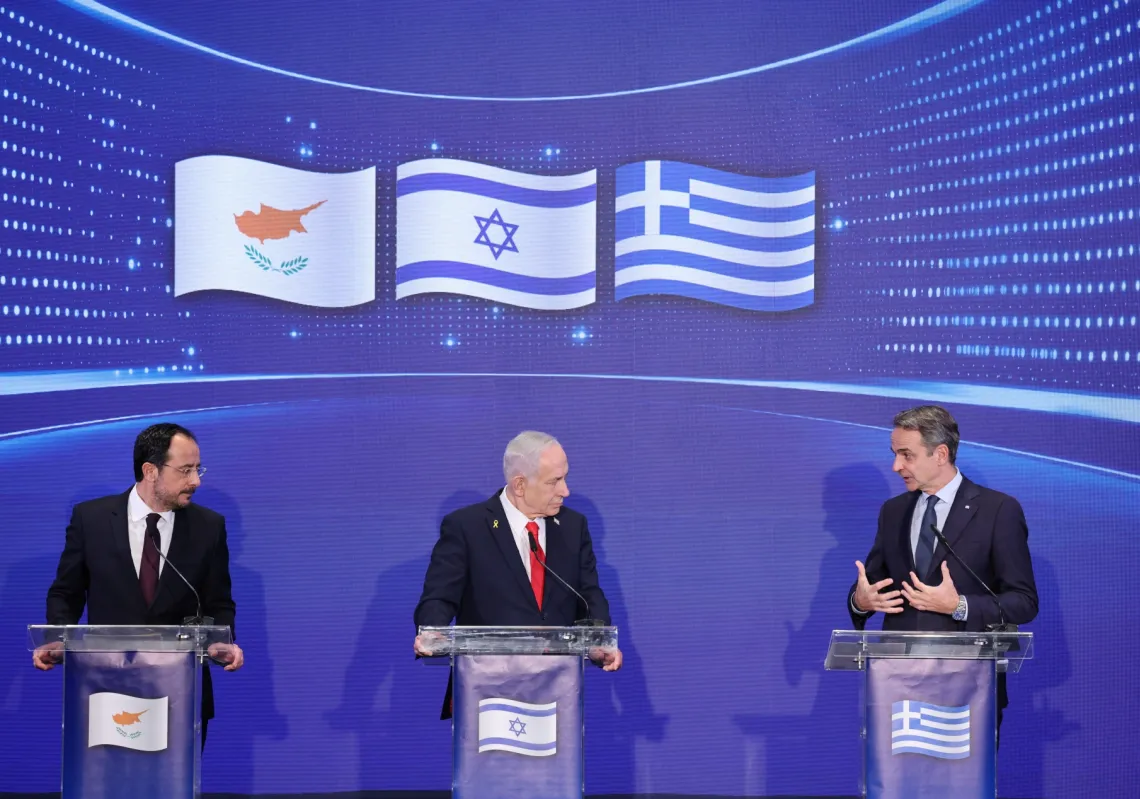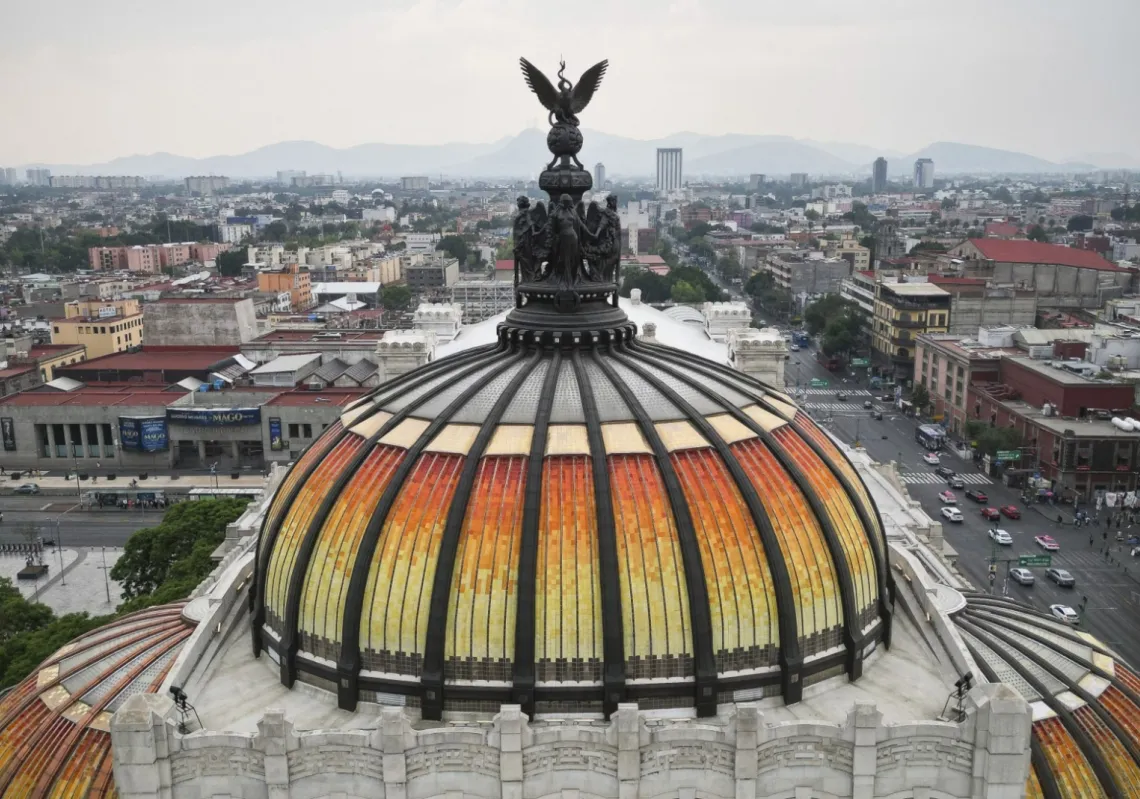In his 2005 book One Day in September, British author Simon Reeve describes the scene in Tel Aviv before launching Operation of Spring of Youth in 1973.
“Ehud Barak assembled Sayeret Matkal’s senior officers around the brown Formica-topped table in his office. As the hardened soldiers gathered around expectantly, Barak removed the grainy photographs from a folder lying on his desk."
“Abu Yusuf, Kamal Adwan, and Kamal Nasser,” he said, slapping each of the photographs on the desk.
"The soldiers recognised the names and faces. Sayeret Matkal had been tasked with assassinating them, he said. A murmur ran through the men.”
Barak was then the 31-year-old commander of Sayeret Matkal, the Israeli elite unit equivalent to the US Delta Force, long before becoming prime minister of Israel. He was seeking revenge for the killing of Israeli athletes at the 1972 Summer Olympics in Munich, Germany, an operation sanctioned by then-prime minister Golda Meir.
Muhammad Youssef al-Najjar (aka Abu Yusuf) was part of the Black September Organisation that carried out the Munich attacks, and he headed Fatah intelligence. Kamal Adwan was chief of operations in Yasser Arafat’s Palestinian Liberation Organisation (PLO), while Kamal Nasser was a member of the PLO Executive Committee.
They all lived in the upscale Verdun neighbourhood of pre-civil war Lebanon, not far from Hamra, the city’s main shopping district, and the American University of Beirut.
Had it not been for the Gaza war, the daily cross-fire on the Lebanese-Israeli border, and the most recent on the Iranian consulate in Damascus, then the anniversary of the infamous Lebanon raid would have passed by largely unnoticed.
It comes as a reminder today, however, of how far Israel is willing to go to strike back at its enemies—taking them down, one by one, in the most gruesome of ways.
Israel has not changed; it never forgets nor does it forgive its enemies, and striking at the heart of a residential district in Beirut is not any different from taking down a building in central Damascus on 1 April 2024.

Pre-operation planning
For almost a year, Israel had been gathering intelligence on its three targets. A Mossad agent codenamed Nielsen had been sent to Beirut undercover, disguised as a researcher working on a television script about a 19th-century British aristocrat traveller who had visited the Middle East.
She rented an apartment in Verdun and monitored the three Palestinians, photographing the buildings from a distance while keeping detailed records of their surroundings and inhabitants.
When her files were complete, Mossad suggested that the Israeli army carry out the operation, sending troops to overrun the buildings, identify the Palestinians and shoot them. Barak ruled out helicopters, claiming they would destroy the element of surprise and possibly arouse suspicion of Lebanese authorities.
Instead, he suggested an elite force for the operation under his command. Meticulous training was carried out in northern Tel Aviv on empty buildings with similar specks to those in Verdun. The commandos planned to enter Beirut, disguised as tourists, with Barak himself dressed as a voluptuous brunette.
Just five days before Operation Spring of Youth was launched, Israeli Mossad had tracked down and assassinated Basel Qubaysi in Paris, a ranking member of the Popular Front of the Liberation of Palestine (PFLP).
The Palestinians ought to have been on high alert, but security was seemingly lax in Beirut, and the three Palestinians were embedded in a residential neighbourhood that they mistakenly thought would be off-limits to Israelis.
On 9 April, Barak’s team set out from Haifa on eight missile boats carrying 75 soldiers, 21 special commandos, 13 naval commandos, and 19 speedboats.
Two of the commanders were Yoni Netanyahu, the brother of the current prime minister Benjamin Netanyahu (who would be killed in an operation in Uganda in 1976) and Ammon Shahak, Israel’s future army chief-of-staff.
They anchored 12 miles off the Lebanese coast, used the speedboats to reach close to the beach, turned off their motors, and rowed towards their destination.
Looking back, it seems remarkable that they were not spotted by the Lebanese Coast Guard or by anybody else in the Lebanese city who never slept, neither during nor after its civil war.

Read more: Top Palestinian figures killed by Israel over the years
Operation Verdun
Thirteen of the commandos showed up dressed as women, with wigs and heavy makeup. Mossad agents were waiting for them, having reached Beirut three days earlier on fake British, German and Belgian passports, checking into the Sands Hotel.
They were driven into Beirut and walked towards the building, dubbing as lovers, without raising anybody's suspicion. When the assassins reached the door of the apartment, they placed explosives that were denotated by Barak from a distance, who was keeping guard downstairs.
After receiving the radio signal, he replied with five clicks, blowing the open apartment doors. Abu Yusuf and his wife tried to hide in a room but were gunned down by the Israelis.
Kamal Nasser was found seated behind his desk, grabbing his pistol to defend himself. He was shot in the leg before being killed, while Kamal Adwan also tried defending himself before he, too, was shot dead.
The commandos confiscated as many documents as they could and fled the scene. An Italian neighbour tried sounding the alarm. She, too, was killed.












